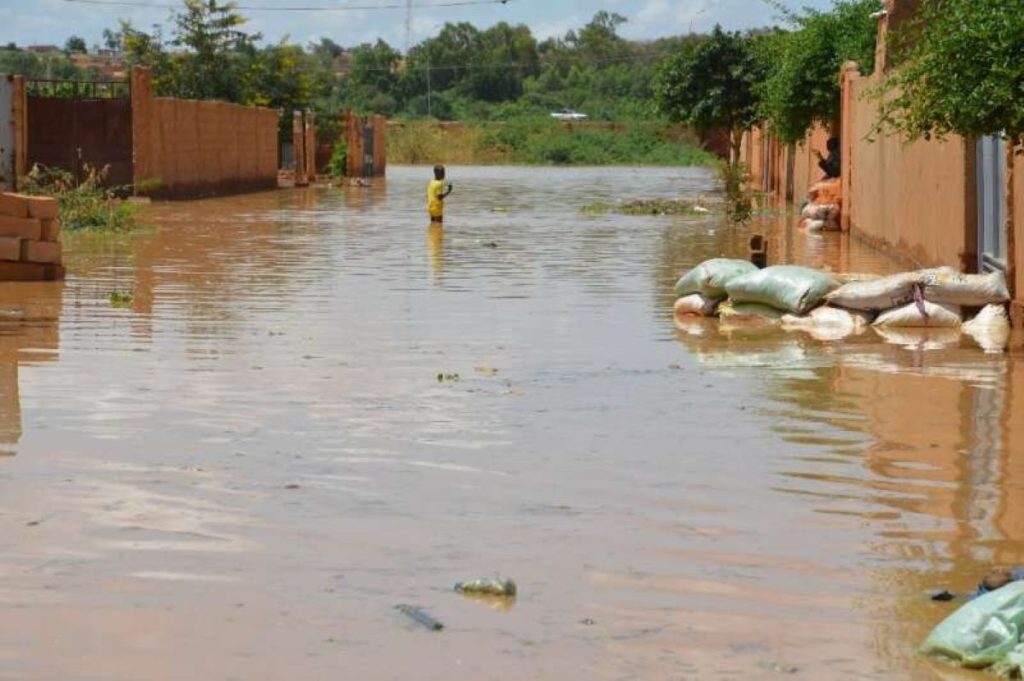The capital of Niger, Niamey, has been nearly completely isolated from the rest of the nation due to flooding caused by heavy rains in the Sahel region since June.
Most of the main exit routes from the city, which has a population of about 1.5 million, are submerged, and the catastrophe has impacted approximately 11,500 residents.
According to the military-led authorities who assumed power in July 2023, the rains have caused 217 fatalities throughout the country and affected over 350,000 individuals in the past three months. Initially spared from the flooding, Niamey, located in the country’s southwestern part, now sees canoes replacing buses and delivery vans on its roads.
To reach other parts of the country, “you have to take a canoe and hope to find a vehicle on the other shore,” explained Habiboulaye Abdoulaye, a resident of a suburb surrounded by water.
Most transport companies have suspended their routes to the rest of Niger.
Along with dilapidated dinghies that charge 500 CFA francs a ride (a little less than $1), gendarme and military motorboats are helping to transport stranded residents.
To the east of the capital, French construction group Sogea-Satom is working to re-open National Route 1, the country’s principal highway for almost 1,500 kilometres.
On the banks of the Niger River in Niamey, excavators were at work to raise the dykes, while volunteers and soldiers rushed around to seal cracks with sandbags.
The Tera-Niamey highway, the only truck route between the capital and the north of Burkina Faso, recently reopened.
“The state is doing everything to restore traffic,” Colonel Mahaman Salissou, the transport minister, said.
The authorities fear that an extended transport interruption will lead to fuel shortages.

